How to grow and care for tarragon for the best harvests of sweet aniseed leaves
Our guide includes expert tips for how to grow French tarragon and Russian tarragon
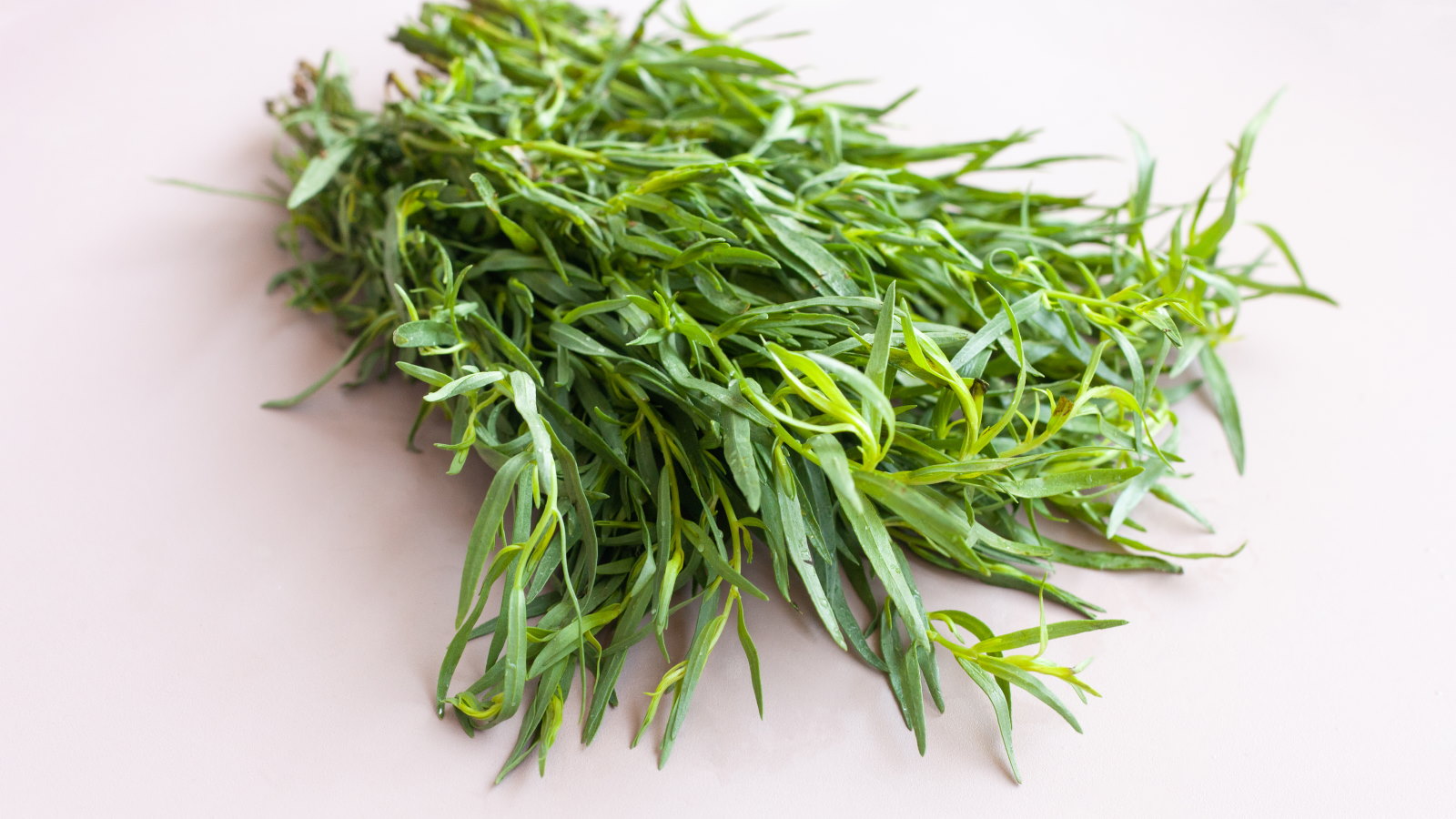

Tarragon is a prized perennial herb hugely popular in cooking, particularly in French cuisine, to add flavor to meat, fish, and egg dishes. The herb is grown for leaves that have a strong, sweet, and licorice-like flavor. As well as in cooking, tarragon has many medicinal properties, including helping with digestive issues and sleep problems and reducing toothache thanks to its natural anaesthetic properties.
Tarragon is a tall and sturdy herb that produces upright stems with narrow, long leaves. It is a very productive herb and just a couple of tarragon plants in a herb garden can provide all the leaves you need throughout the year. There are different types of tarragon to choose between to grow, differing in size, hardiness, and flavors.
This aromatic herb was popular when I supplied chefs with vegetables, herbs, and fruits. I had several tarragon plants in the walled garden and, with regular harvesting, they were kept attractive, bushy, and productive. If you want to discover how to grow tarragon, I share my knowledge of the plants and get advice from two experienced horticulturists to reveal all you need to know about planting and growing tarragon.
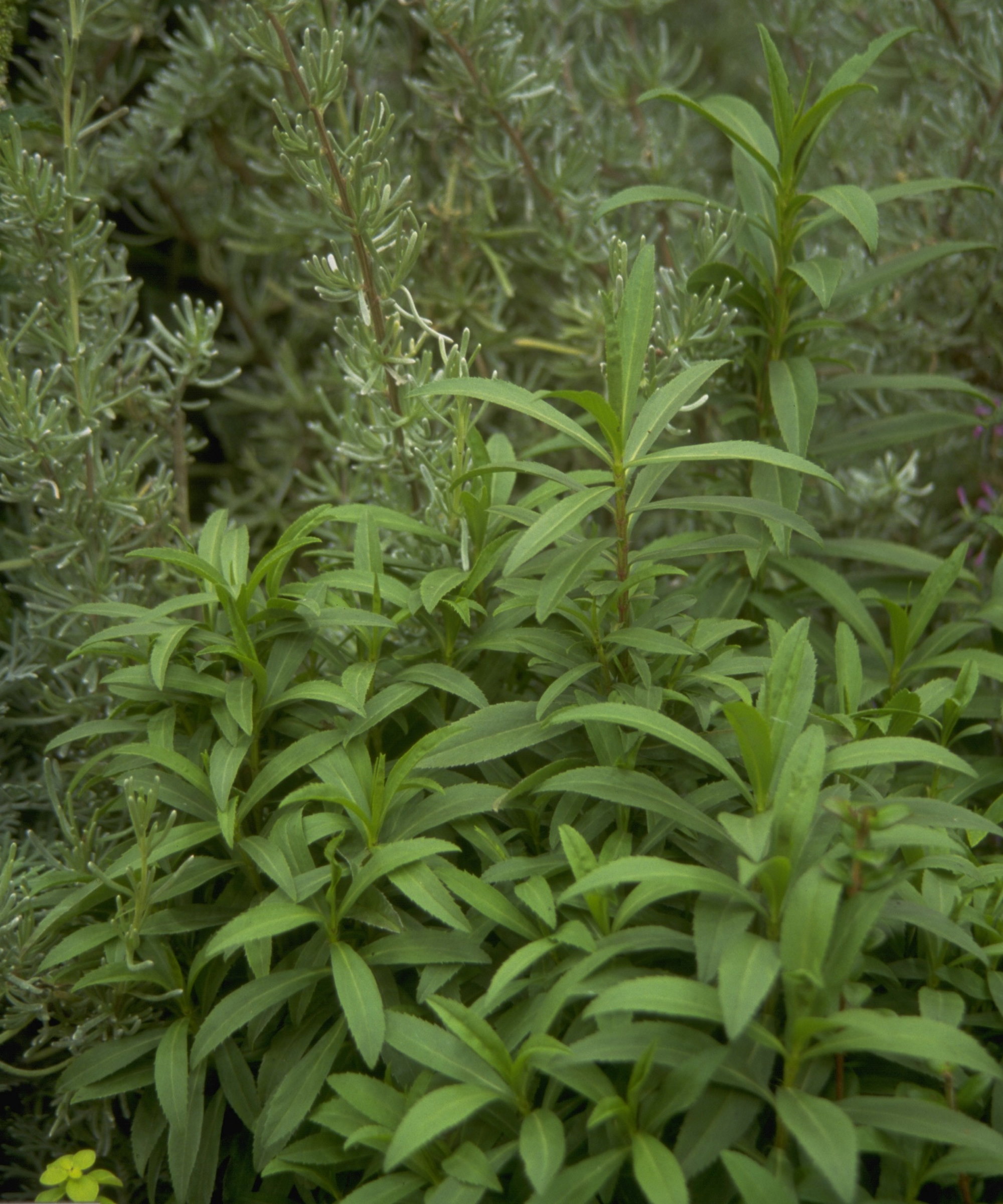
The different types of tarragon
There are two common forms of Tarragon, French tarragon (Artemesia dracunculus) and Russian tarragon (Artemesia dracunculoides), along with Mexican tarragon (Tagetes lucida) which is in the marigold genus but the leaves still have the strong tarragon flavor. This guide will focus on growing French and Russian tarragon.
- French tarragon has the strongest flavor and is the most prized type, however, it does not produce viable seeds so it can only be grown from cuttings or root division, and needs winter protection
- Russian tarragon is simpler to grow; the plants are larger and can be cultivated from seed. It is also a fully hardy plant though the flavor is milder than French tarragon
Where to grow tarragon

If you want to plant tarragon, both French and Russian types are available to buy from garden centers, nurseries, or online, or plants can be raised from seed and cuttings. Plant tarragon after the last frost in spring and space plants at least 18 inches apart for French tarragon and 24 inches apart for the larger Russian tarragon.
Both types of tarragon require similar conditions to thrive. ‘Tarragon thrives in full sun and needs well-drained, sandy soil,’ says Rebecca Sears, plant expert for Ferry-Morse. ‘It prefers a slightly acidic to neutral pH, which you can easily determine with a pH meter. Ensure the soil is fertile, with good drainage to prevent root rot.’ You can get a simple soil Ph meter at Amazon.
Good drainage is important as tarragon does not like having wet roots. Adding organic matter, sand, or grit to heavier soil types can help to improve drainage. The best option is to mix compost into the soil to improve the structure, help drainage and boost soil nutrients over time.

As CMO and resident green thumb for the Green Garden family of brands, Rebecca Sears nurtures the company's heritage but also looks to develop new products and solutions to help gardeners of all skill levels fuel their passion and become more successful in the garden.
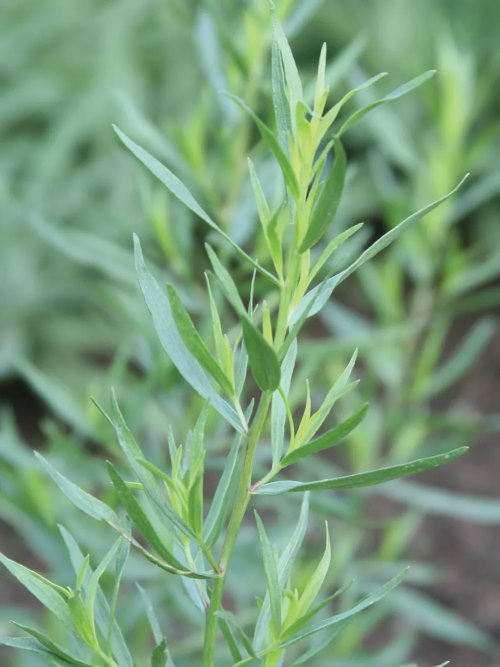
A live French tarragon plant to add to your backyard for harvests of soft, strappy, narrow green leaves with flavors similar to anise, licorice, and fennel.
How to grow tarragon from seed
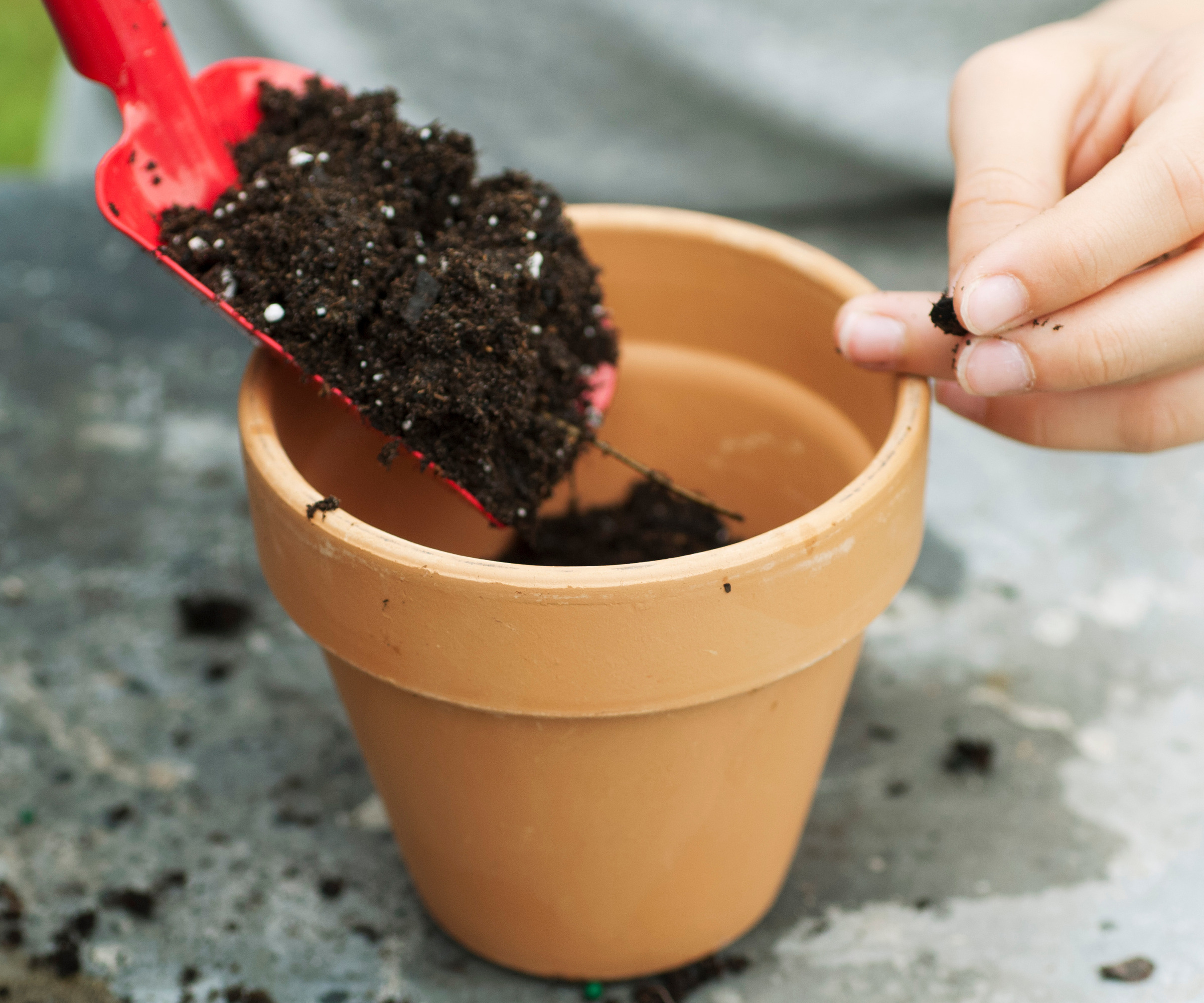
Russian tarragon is a simple herb to grow from seed, which can be done indoors or outdoors.
- To sow seeds indoors, start them 4-6 weeks before your last frost. Sow 4-6 seeds into a pot filled with quality potting soil for starting seeds. Cover the seeds lightly with compost or vermiculite and they should germinate within two weeks at temperatures of 65–70°F. Thin the seedlings to the strongest per pot, and transplant seedlings into the garden after the risk of frost has passed.
- To sow seeds outdoors, plant them in spring once the soil has warmed to between 60-70°F. ‘Choose a sunny location with well-drained, sandy soil, planting the seeds 1/8 inch deep and spaced 12 inches apart,’ says Rebeca Sears. ‘Maintain consistent moisture in the soil until germination, which takes 10-14 days.’ Gradually thin the seedlings to a final spacing of 24 inches. It is advisable to put slug control measures around the seedlings, such as rough surfaces like gravel or broken eggshells, to prevent slugs and snails from eating the young plants.
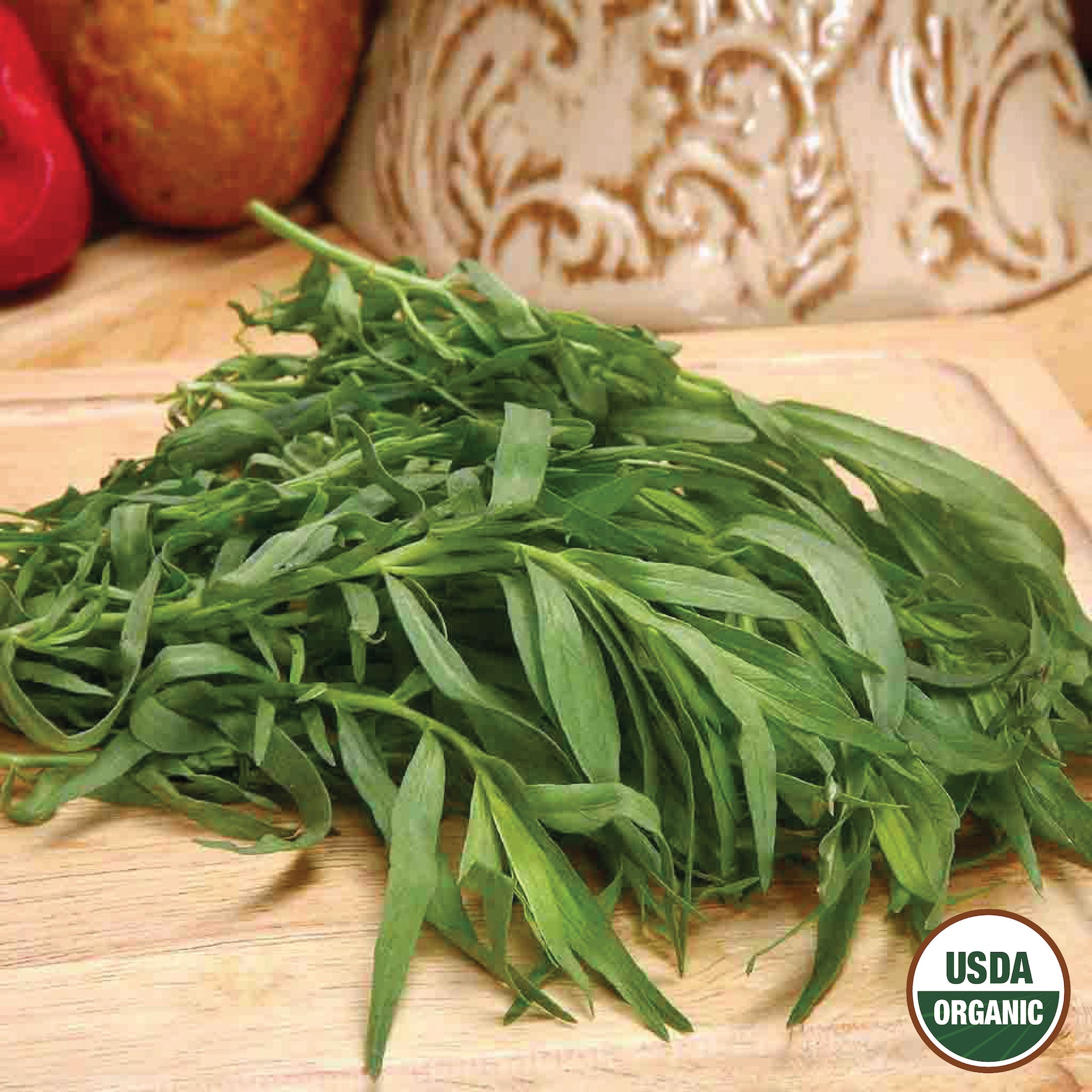
A pack of organic Russian tarragon seeds. These seeds can be sown indoors or outdoors and should take 10 to 14 days to germinate.
How to grow tarragon from cuttings
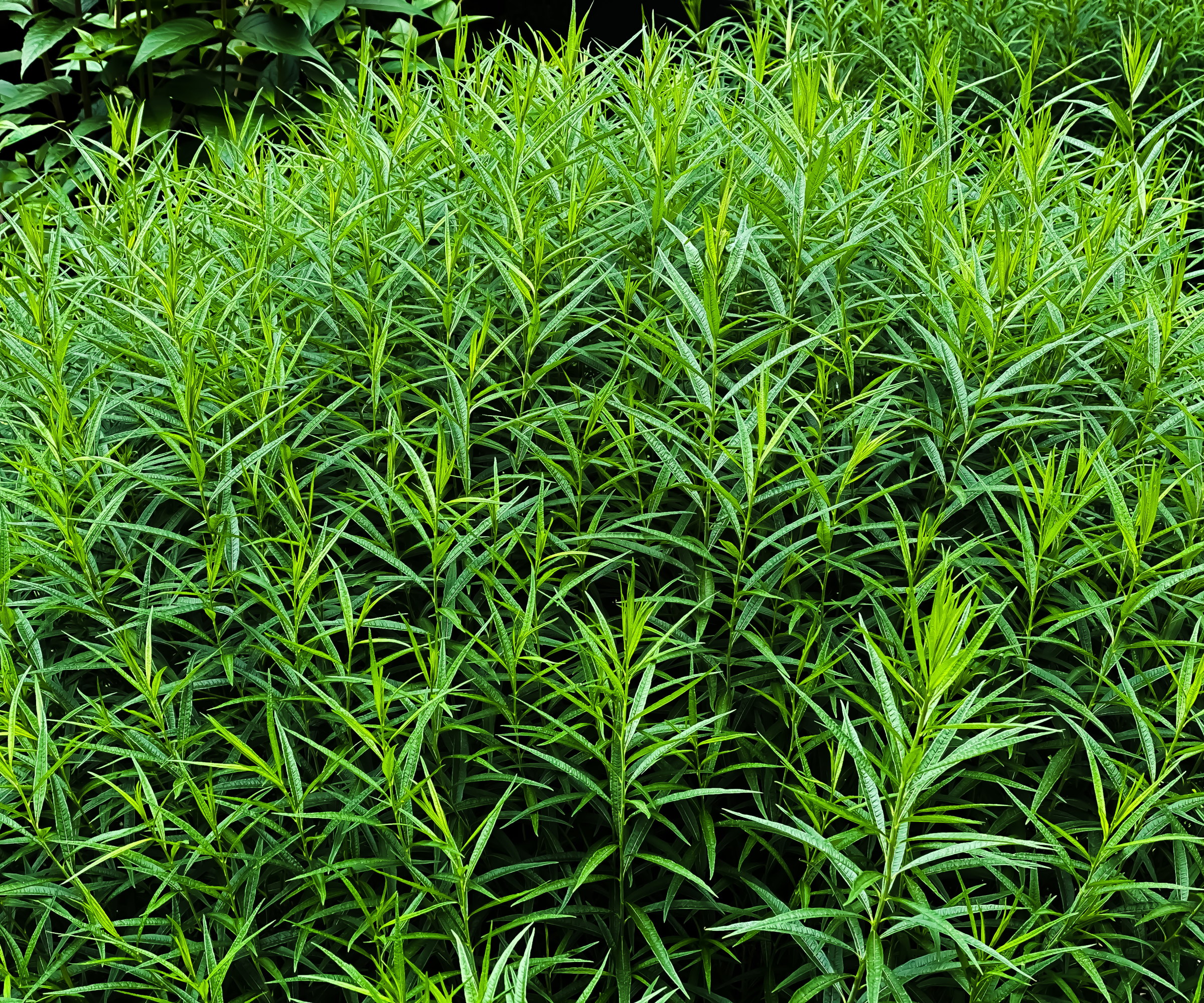
As mentioned earlier, French tarragon cannot be grown from seed but you can propagate the herb by taking plant cuttings. Grow French tarragon from softwood cuttings of new growth taken in late spring or late summer - summer cuttings can be overwintered indoors to plant out next spring.
- Take 4-6 inch long stems and remove the leaves from the lower third.
- Dip the cut end in rooting hormone and place it into a pot filled with potting soil.
- Keep the cutting somewhere warm and ensure the soil is moist - placing a plastic bag or dome over the pot can be beneficial as it keeps it humid. These nursery pots with humidity domes at Amazon are ideal for seeds and cuttings.
- The new plant can be transplanted into the garden once it has developed roots that are a few inches long. Or, it can be kept indoors in a protected spot ready to plant out in spring
Care tips for tarragon
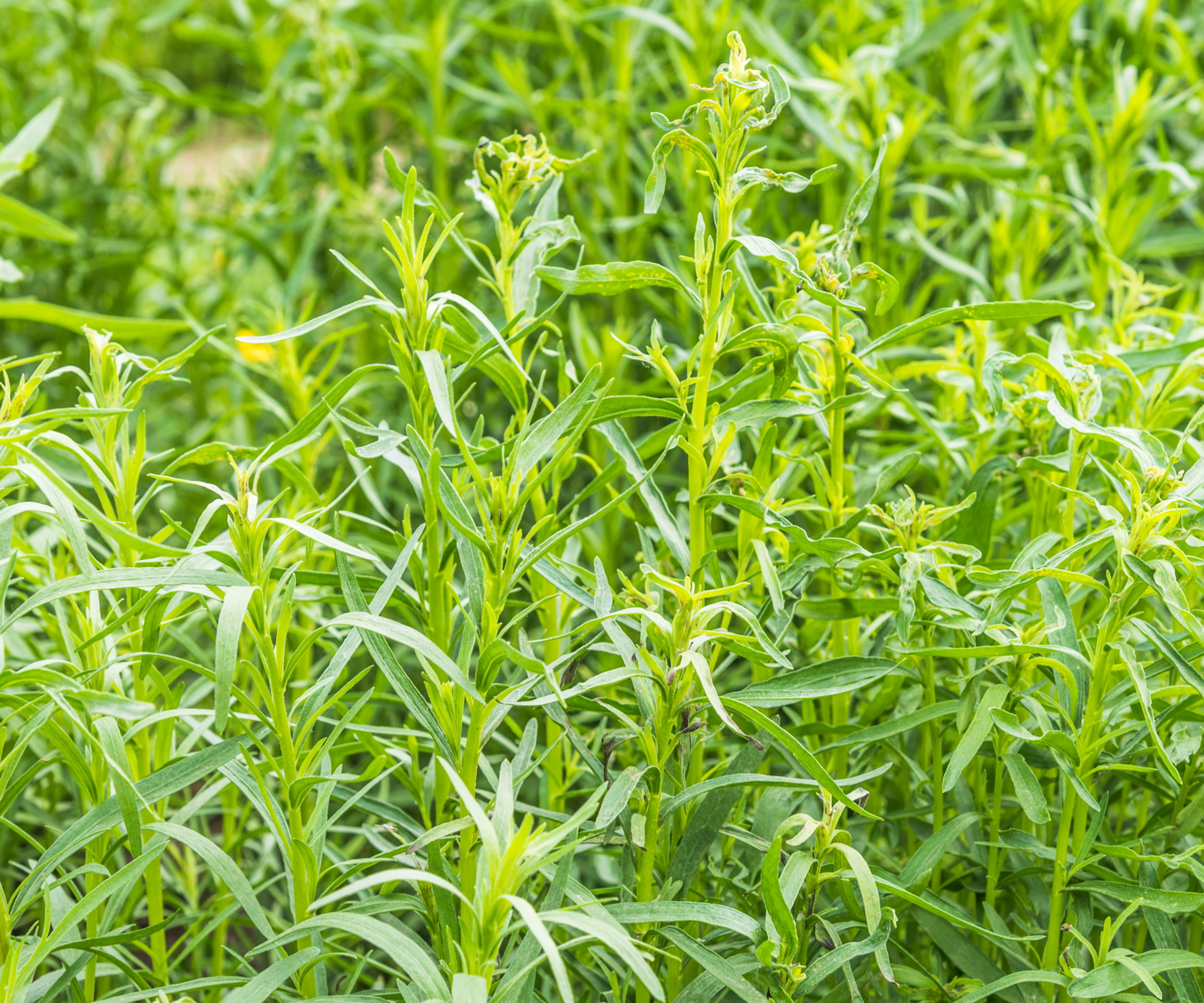
- Watering: ‘All tarragon is easy to grow and low care,’ claims Nancy Awot-Traut, a horticultural specialist at Burpee. ‘They need their soil to be evenly moist but not wet.’ Young tarragon plants will benefit from regular watering, however, they are drought-tolerant herbs once established and care needs to be taken to avoid overwatering. Water plants once the top inch of soil is dry, but too much watering will affect the flavor of the leaves.
- Feeding: Tarragon does not need lots of fertilizer. ‘A light application of an organic granular fertilizer or compost early in the spring is usually enough,’ says Nancy Awot-Traut. ‘Avoid over-fertilization as this can reduce the flavor of the leaves.’ Mulching around plants with compost in spring will retain moisture in the soil, smother weeds, and provide nutrients to the plants as it decomposes.
- Pruning: Pinch out the tips in spring to keep the plant compact and prune regularly to encourage bushier growth and keep it healthy and productive. Frequent pruning and harvesting will stop the plant from flowering or getting too tall - tarragon should be maintained at under two feet.
- Harvesting: Tarragon can be harvested from early summer through early fall, starting when the plant reaches 6-8 inches tall. Harvest the herb regularly to stop the plant flowering and keep it bushy. ‘The best time to pick the leaves is in the morning after the dew has dried,’ recommends Rebecca Sears. ‘Cut the stems back to just above a leaf node to encourage new growth, and avoid taking more than one-third of the plant at a time. This method helps ensure a continuous and healthy yield throughout the growing season.’
- Winter protection: Russian tarragon is a cold hardy plant that can overwinter outdoors. French tarragon is only half-hardy so will require protection in winter. Plants in containers or herb planters can be moved indoors for winter. Mulching outdoor plants can protect the roots in winter or cover them with horticultural fleece, available at Amazon, or cloches. Taking cuttings in summer ensures you have new French tarragon plants in case yours succumb to the winter weather.
How to grow tarragon in a container
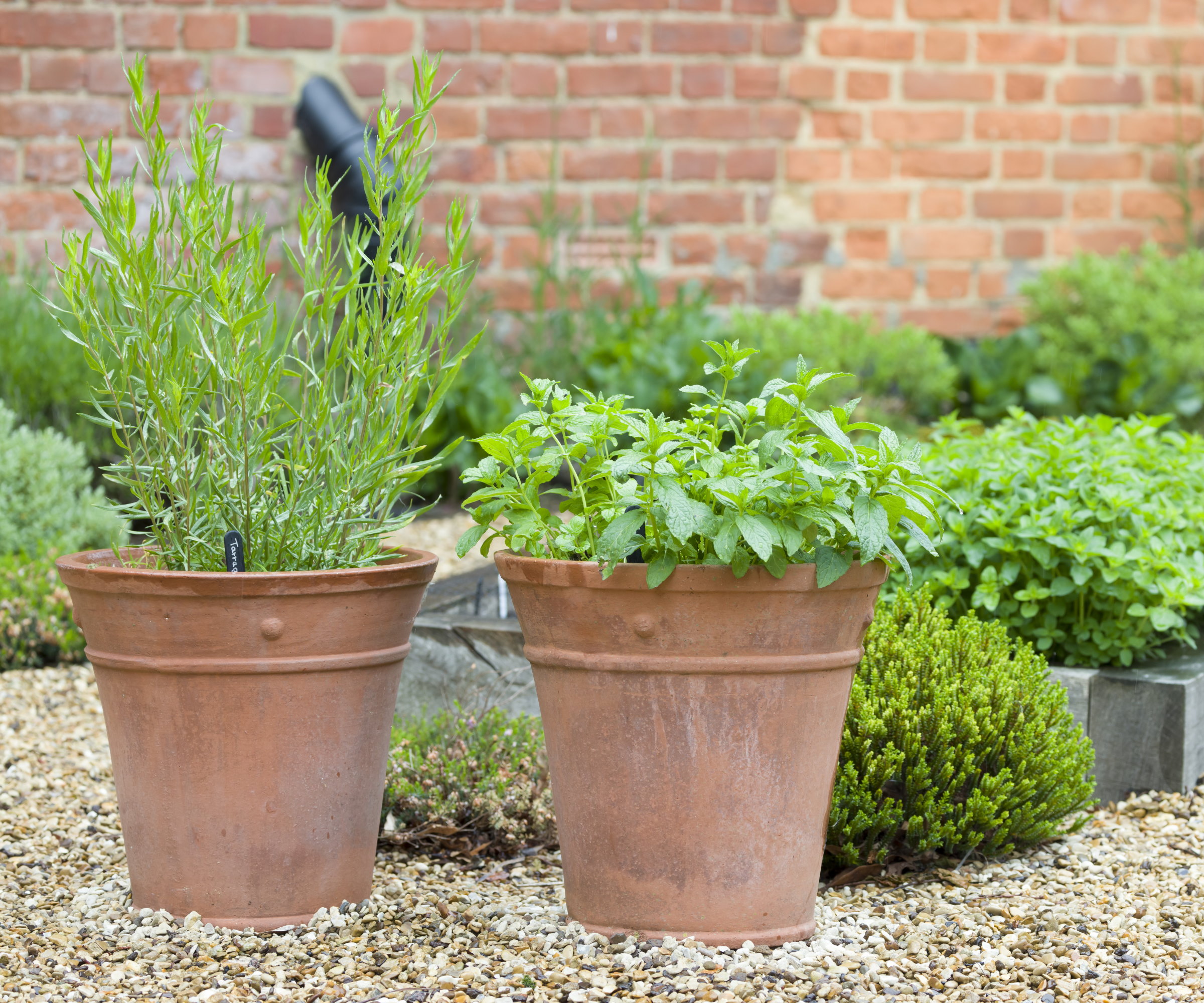
Tarragon can grow successfully in container gardens or a balcony herb garden and French types will benefit as the pot can be moved to a protected environment over winter. ‘Tarragon is well-suited for container growing because it doesn't require a lot of space, and its preference for well-drained, sandy soil makes it easy to manage in pots,’ says Rebecca Sears.
You need a large container at least 12 inches deep filled with good potting soil for herbs, such as Burpee's Premium Organic Potting Soil from Amazon. Tarragon plants put out large taproots and can outgrow a pot after a few years, so you will need to divide plants every 2-3 years or propagate new ones from cuttings. Keep the container in a sunny spot and pay close attention to watering plants in containers, especially during the summer.
FAQs
What should I plant next to tarragon?
Tarragon can be planted next to most vegetables and many herbs, including rosemary, sage, parsley, and chives. It is great for companion planting as its scent emits many pests.
Does tarragon like full sun or shade?
Tarragon prefers a sunny position but may benefit from part-shade in warmer US hardiness zones where temperatures exceed 80°F in the summer, such as a spot with some protection from the intense rays in the afternoon. Tarragon can tolerate a partially shaded growing position.
If you want more plants for free, dividing tarragon can be done every 3-5 years to get new plants and rejuvenate older ones. Divide plants in late winter or early spring, lift plants with a garden fork and you should be able to pull apart sections with healthy roots to pot up and grow on ahead of planting out into the garden.
Sign up to the Homes & Gardens newsletter
Design expertise in your inbox – from inspiring decorating ideas and beautiful celebrity homes to practical gardening advice and shopping round-ups.

Drew’s passion for gardening started with growing vegetables and salad in raised beds in a small urban terrace garden. He has worked as a professional gardener in historic gardens and specialises in growing vegetables, fruit, herbs, and cut flowers as a kitchen gardener. That passion for growing extends to being an allotmenteer, garden blogger, and producing how-to gardening guides for websites. Drew was shortlisted for the New Talent of the Year award at the 2023 Garden Media Guild Awards.
-
 These 5 plant species will help to attract and nurture an underrated nighttime pollinator that's crucial to every yard
These 5 plant species will help to attract and nurture an underrated nighttime pollinator that's crucial to every yardDiscover the best plants for attracting moths to your yard
By Ciéra Cree
-
 I have been looking for a versatile backyard furniture color that will look just as good in summer 2026 – Stanley Tucci proposes gray
I have been looking for a versatile backyard furniture color that will look just as good in summer 2026 – Stanley Tucci proposes grayStanley's gray and wood patio furniture is modern yet natural, making it a timeless color choice for backyard color palettes
By Hannah Ziegler